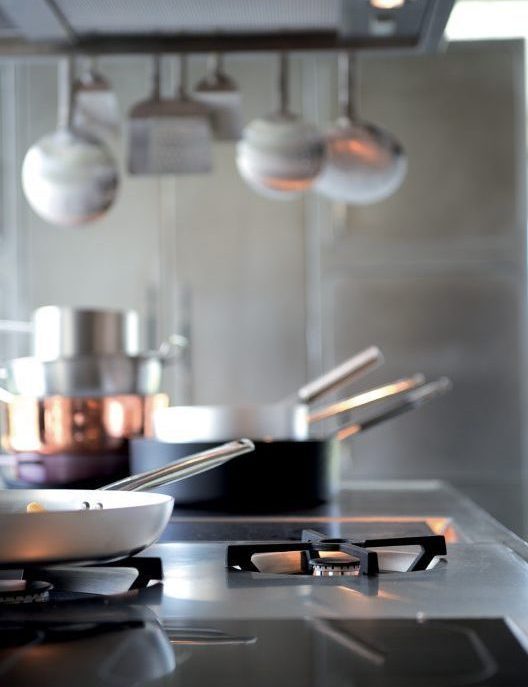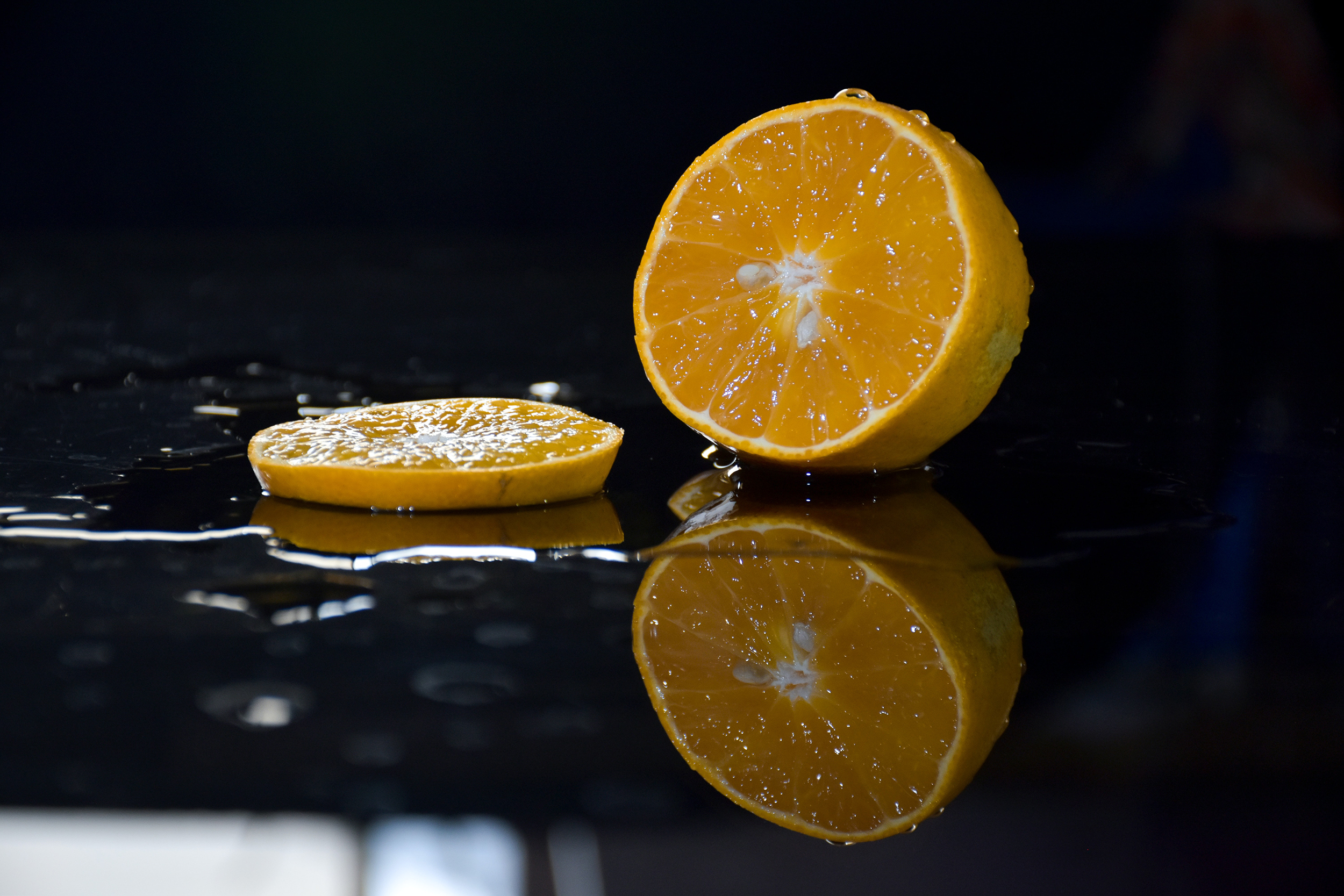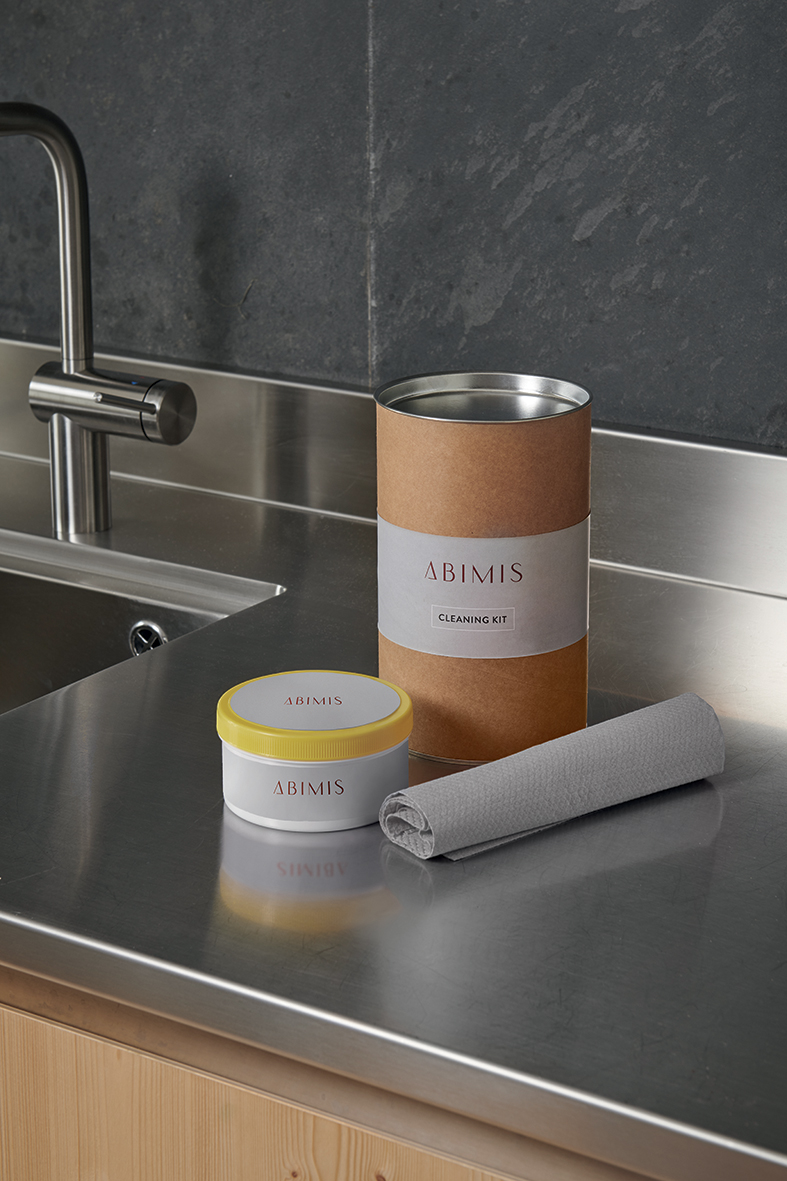
How to clean stainless steel kitchens
Stainless steel is hard-wearing and easy to clean, making it the ideal material for kitchens. Only one word of warning: clean the surfaces correctly.
Stainless steel kitchens are increasingly in demand in domestic settings too. Hard-wearing, hygienic and with a strong personality, they are in fact considered to be a long-term investment. On one condition: stainless steel must be cleaned correctly.


This is because by cleaning stainless steel thoroughly, you can obtain a spick-and-span, spotless kitchen without any stains or scratches, making it even more durable. In fact, with time and wear, stainless steel may lose some gleam and sheen and take on a duller, lacklustre appearance. Specifically, care for those areas most subject to wear (such as the sink and hob) where water and dirt build up in abundance. Also remove stains or finger marks left on the stainless steel surface on a regular basis, especially on the top, doors and around handles.

So, what should we do? The good news is that cleaning stainless steel is easy. Proof of this is provided by the amazing success this material has in professional restaurants and catering businesses, where wear is much more significant than in a household kitchen and where cleaning and sanitising stainless steel must be made as easy as possible. All you need to do is follow a few simple basic rules.
Let’s see how to clean a stainless steel kitchen together, without scratching or damaging this charming and expressive natural material in any way.
How to guarantee correct cleaning and maintenance of stainless steel in your kitchen
What not to do
As we mentioned earlier, stainless steel is a nearly eternal material, if it is well looked after. It is extremely resistant to knocks, corrosion and to high temperatures. It is biologically pure and, therefore, antibacterial. And, owing to its smooth surface, it is extremely easy to clean. However, there are certain things which must be avoided at all costs to avoid compromising its characteristics.
1. Do not use abrasive sponges or metal wire pads.
This may seem like an obvious thing to point out, but in actual fact a fair few people make this mistake, causing scoring and even obvious scratches on the stainless steel surface. To remove tougher spots of dirt, you do not need to rub the stainless steel. Using specific products is enough.
2. Do not use bleach and chlorine- or iodine-based detergents.
Indeed, these substances reduce the resistance to corrosion of stainless steel and compromise its gleam and lustre. Should they unfortunately come into contact with stainless steel, our advice is to rinse the surface immediately with plenty of water.
3. Dry the stainless steel every time it is washed or even just wet with a few drops of water.

When water dries on stainless steel, it leaves stains on the surface due to the limescale it contains. The “harder” the water, in other words the richer it is in limescale, the more evident these ring marks will be.
4. Also avoid leaving scissors or other iron objects on stainless steel surfaces (especially if these are wet or even just damp).
This small precaution will avoid the formation of unpleasant rust stains, which are quite tough to remove.
5. Avoid prolonged contact with acidic food

Stainless steel boasts good resistance to acidity. Nevertheless, prolonged contact with acidic food may dent and damage it. So do not leave acidic food (or food residue, such as fruit peel) on the stainless steel surface for too long. Specifically, beware of citrus fruit (even unpeeled!), tomatoes, strawberries, fruits of the forest, kiwis, etc.
What to do
Now it is clear what not to do, we can give you some practical suggestions on how to clean stainless steel.
1. Use neutral, non-aggressive detergents.
For the routine maintenance of surfaces or to remove food stains or inevitable “finger marks” left on stainless steel, simply use ethyl alcohol (or a solution of water and alcohol). The liquid can be sprayed or vaporised directly onto the surface and then wiped dry with a soft, dry cloth. The shiny gleam effect will be guaranteed.
2. Use natural solutions for routine cleaning.
You can also use natural solutions to clean stainless steel, such as vinegar and lemon. The former comes in handy to sanitise and polish stainless steel, removing the prints our hands leave behind. Lemon is an excellent remedy to degrease and remove limescale. In this case, all you need to do is spread lemon juice onto limescale stains, leave for a while and then rinse off. We recommend these two natural remedies because they have the definite advantage of being green as well as effective.
3. Always use a soft, dry cloth.

To clean stainless steel, it is preferable to use a cotton cloth or some soft kitchen roll. The kitchen roll or cloth should also be replaced often and must be perfectly clean and dry, otherwise they could leave ring marks behind.
For better results, we recommend you clean orbitally polished stainless steel by rubbing it in a circular motion with the cloth. On the other hand, satin finish stainless steel should be cleaned in a straight line (horizontal or vertical), preferably following the direction of the stainless steel.
4. For tougher stains, use sodium bicarbonate or specific products.

For tougher dirt, using sodium bicarbonate mixed with a little warm water is very effective. The result is a thick cream which you should spread onto the stainless steel surface and leave to take effect for a few minutes and then rinse off, wiping the surface dry with a microfibre cloth.
Moreover, specific products – such as cream detergents – are available on the market for the extraordinary cleaning of stainless steel surfaces. Simply spread the cream gently onto the surface with a damp cloth, leave to take effect for a few seconds, rinse off with water and then wipe dry with a dry cloth. The result is guaranteed.
Pay attention to the type of stainless steel used to make your kitchen
Once you have learned all our tricks and tips on how to clean stainless steel, we have one final word of warning: pay attention to the type of stainless steel. Indeed, this is because not all stainless steels are the same. The safest, most hard-wearing and food-safe stainless steel is AISI 304* stainless steel. Specifically, the same stainless steel that is used in professional restaurant kitchens, for saucepans, frying pans, cutlery, etc.
Many kitchens currently on the market are not made with this type of stainless steel, and prove more delicate, less hard-wearing and therefore less durable. Always check this information before making a purchase to avoid unpleasant surprises when you get your new kitchen home.
As for the stainless steel finish, there is no difference. Whether the finish is satin, orbitally-polished, mirror or lacquered, it makes no difference. The cleaning methods are the same.

* Only in the case of outdoor kitchens located near the sea or by a swimming pool should AISI 316 stainless steel be preferred, as it boasts the same characteristics but it is more resistant to salt air and chlorine.
The cleaning kit for Abimis stainless steel kitchens

Abimis offers a complete cleaning kit to guarantee correct maintenance of all its stainless steel kitchens.


